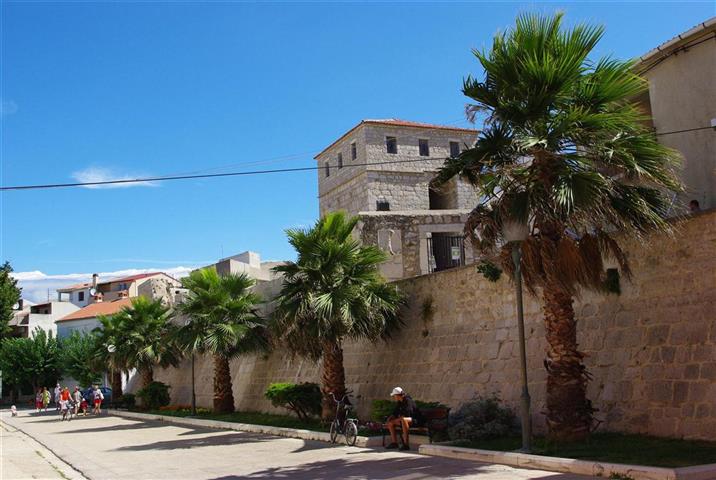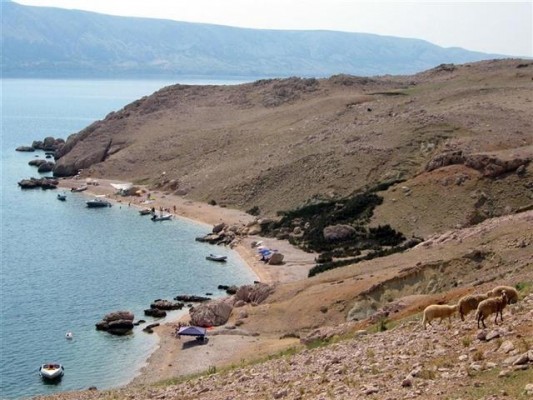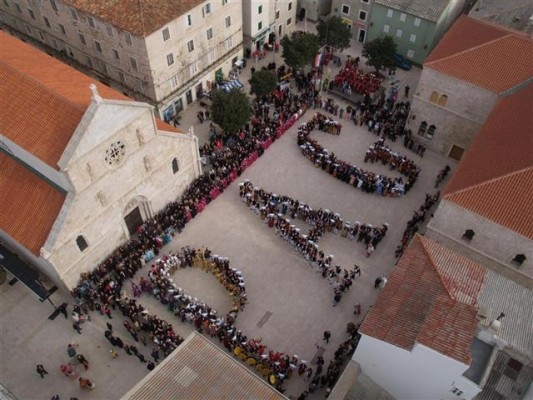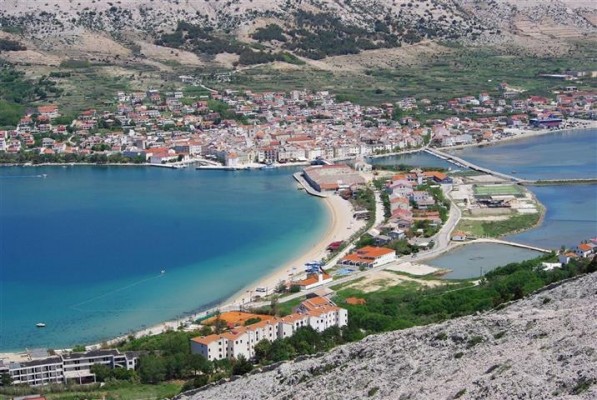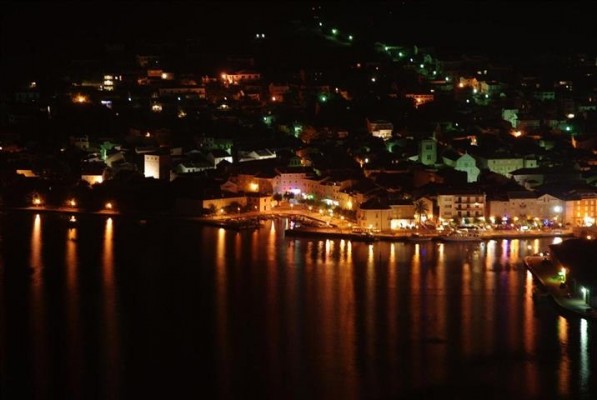The construction of the new fortified town of Pag was completed in the latter half of the 15th century, in line with designs sketched in advance, which makes it a unique monument of urban planning in Croatia’s territory. Construction began on 18 may 1443. During works, particular attention was dedicated to construction of the walls, which are the fundamental determinants of its urban structure. In the spirit of Renaissance architecture, Pag’s fortified walls had circular, octagonal, pentagonal and rectangular with typically round bastions. The town’s main square lies at the intersection of the two main streets, and it is surrounded by the buildings of important local institutions: the Parish Church, the Rector’s Palace, the Bishop’s Palace and the Loggia (since demolished). A gate was opened at the end of each of the main streets: the Porta Terrafirma in the north-east, the Porta Uhlinac in the north-west, the Porta San Antonio in the south-east, the Porta Cathena in the south-west, and the Porta Piccola in the direction of the salt pans and the Old Town. The primary purpose for the fortification of the town was to defend the population and the nearby salt pans. Unfortunately, most of the walls were demolished in the mid-19th century. A part of the northern corner of the fortifications was preserved, with a Renaissance bastion and Scrivanat Tower, as was part of the wall along the southern corne.Additionally, today’s town hall is actually the remodelled octagonal tower called the Kamerlengo. During reconstruction of the waterfront promenade, the lines of the former walls were highlighted.
Travel agency Perla | tel/fax. 00385(0)23 600 003 | gsm. 00385 (0)98 836 164 | e-mail. info@perla-pag.hr | GPS. 44°26'49.0"N 15°03'21.4"E








